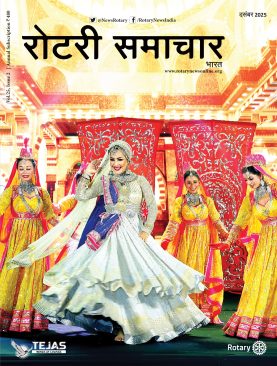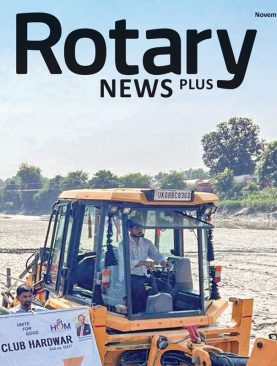
For the last 45 years I have been a journalist. Not just any journalist, but an economic journalist. Mind, not a business journalist but an economic journalist. Someone asked me why I chose this utterly boring specialisation. I hadn’t ever thought about it. But when I did, it quickly became clear that (a) very few journalists knew economics; (b) amongst those who knew economics, very few could write English properly; and (c) amongst those who knew both, hardly any wanted to become low-paid journalists. I was thus rare as a pig with wings and newspapers gave me a job very readily. The pay wasn’t great but the editors by and large didn’t know economics which means they left me alone practically all the time. I could write on any subject. I could write ill-informed articles and, as long as the English was okay along with a modicum of economic jargon, I was the cock of the walk. Not that I wrote nonsense, of course. My father, even though not an economist, knew enough of it to keep me in line. And of course, there was the punctilious girlfriend who would criticise any loose sentence or grammar.
But all things, good and bad, must pass. For reasons that had vaguely to do with the reforms of 1991, a new crop of young people started to get attracted to journalism. These girls and boys not only knew a lot of economics, they were also good at English. Happily, they were not competing with me because they were all at least 10–12 years my junior. But they were sharp, which meant I now had to contend not just with my father and my former girlfriend who had now become wife, but also young men and women with bright eyes and bushy tails. Overall, professional life became a bit harder because the young are no respecters of seniority. You have to earn their respect.
A few years later, in the mid-1990s, along came television news. It started off a bit clunkily but by the end of the 1990s it had found its rhythm and style, which was basically wham, bam, thank you all. Many of the youngsters who had become print journalists at the start of the 1990s were lured away by TV news. They were now visible to millions and were being paid large sums of money as well. All that was needed was a good accent and a pleasant appearance. Those days it wasn’t the constant barking it has become now. The reporters went out and reported on whatever was happening. The cameras took the visuals and the editors prepared the final version. And the anchors spoke softly. It was costly but very effective. But it had no place for fellows like me who could write but froze in front of the camera.
Then, about a decade ago, along with the rest of social media, came YouTube. It started slowly but over the last three years it has exploded. It has sounded the death knell of professional journalism because it has no mechanism for filtering the good from the bad. If my dog could, it too would make a YouTube video and upload it and you could see it as news. A lot of useful stuff gets uploaded but it’s mind-boggling how much nonsense gets posted and remains on the Internet forever. The good stuff comprises only about ten per cent
of all the so-called content. The question is if the good content is worth suffering the bad for. I don’t know, especially with the artificial intelligence muddying the waters even further. Earlier you could withhold a part of the story. Now you can create an entirely false ‘truth’.






